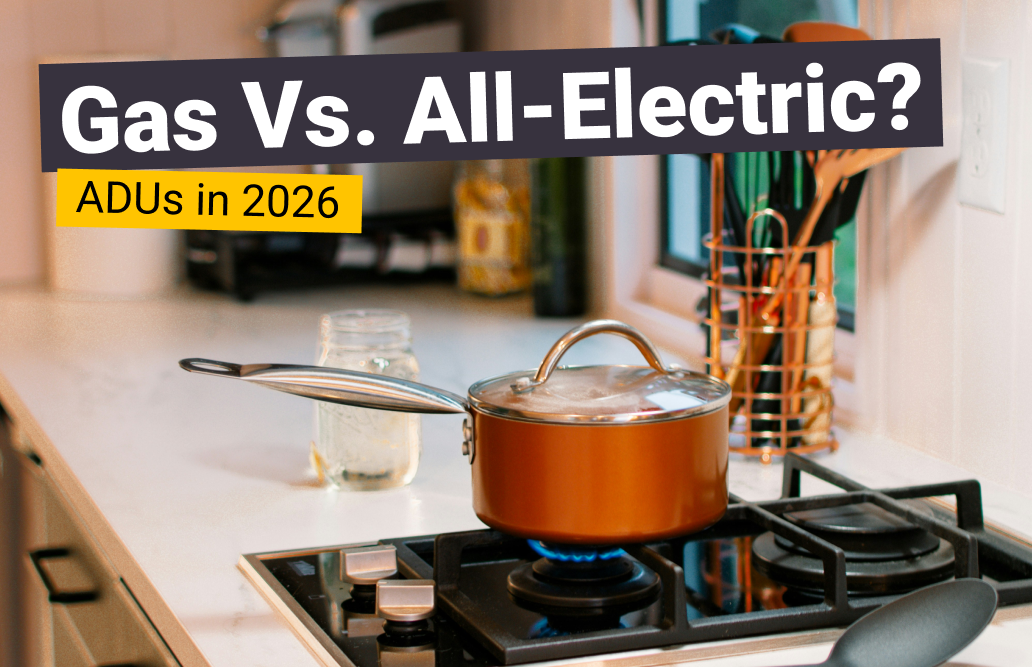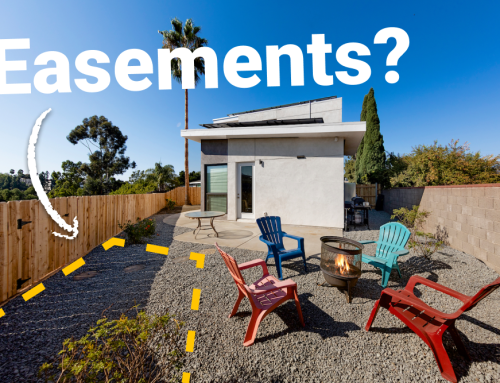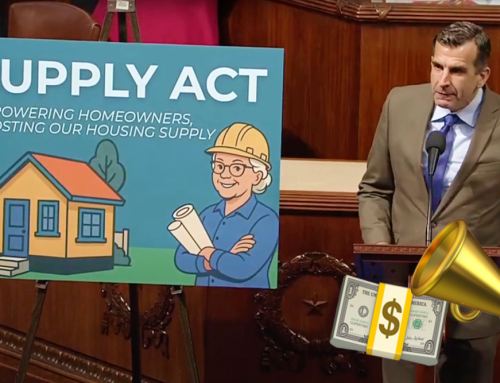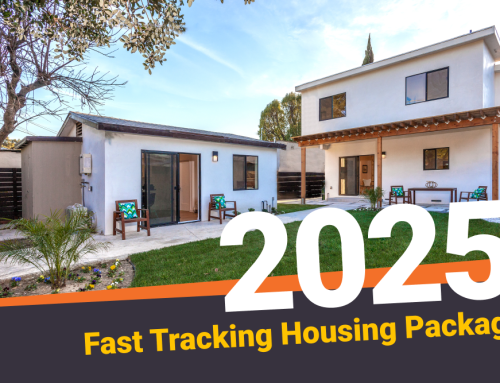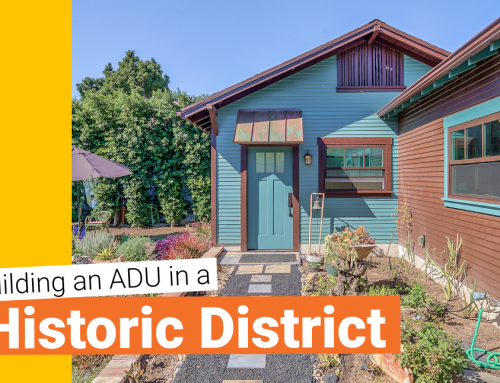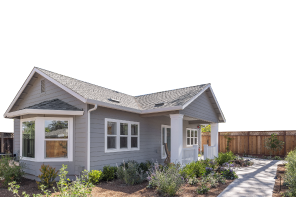Building an ADU in 2026 comes with a big decision many homeowners didn’t have to consider a few years ago: Should you go all-electric or stick with natural gas? California has been steadily moving toward electrification, and cities across the state are tightening rules on new gas hookups. At the same time, heat pumps, induction cooktops, and high-efficiency electric appliances have become more affordable and more widely adopted, especially in small homes like ADUs.
If you’re planning an ADU this year, understanding the real differences between gas and all-electric systems is crucial. The choice you make now affects how your ADU performs for decades. This guide breaks down everything homeowners need to know so you can confidently pick the right approach for your project in 2026.
The Big Picture: Why Electrification Is Rising
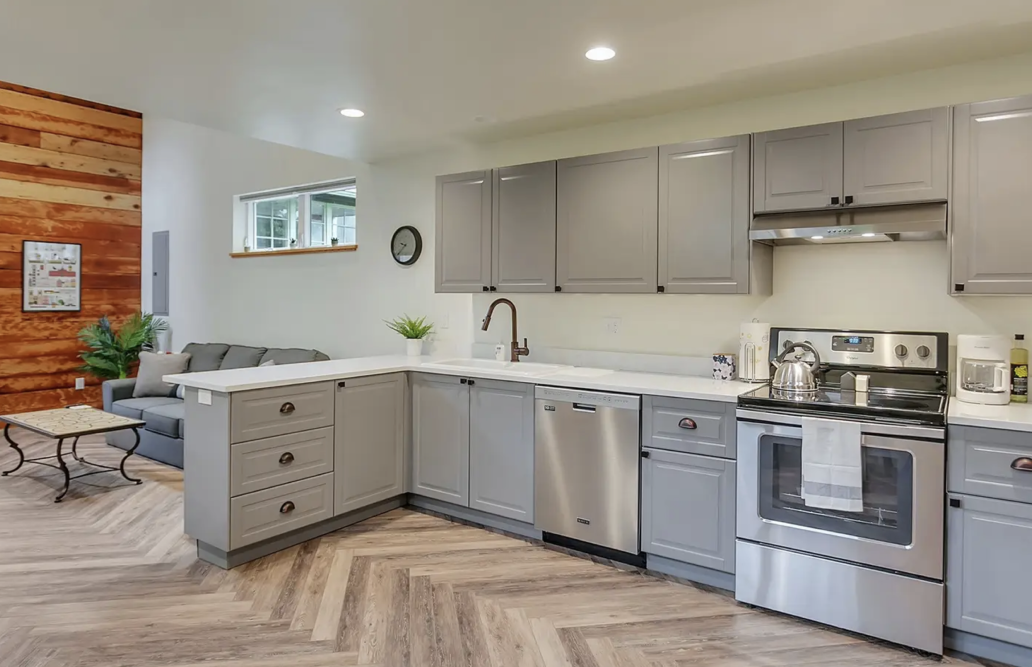
California’s shift toward all-electric construction isn’t just a trend. It’s a policy-backed movement designed to cut emissions, improve indoor air quality, and modernize housing. For ADUs, this shift is happening even faster because these small, efficient homes are ideal candidates for new electric technologies.
Several forces are driving the change:
1. State and Local Policies
Cities throughout California have adopted building codes that either limit or completely prohibit new natural-gas hookups. While rules vary by jurisdiction, the overall direction is clear: all-electric is becoming the standard for new residential construction, including ADUs.
2. Climate and Air Quality Goals
Natural gas combustion produces greenhouse gases and indoor pollutants like nitrogen dioxide. Small spaces, like studios and one-bedroom ADUs, can be more sensitive to these impacts. Electric appliances eliminate combustion inside the home entirely.
3. Utility and Infrastructure Trends
Gas utilities are facing increasing regulatory pressure and long-term uncertainty. At the same time, electrical grids are being upgraded and supported by statewide clean-energy mandates. This makes electric ADUs easier to future-proof and align with California’s long-term energy strategy.
Together, these factors explain why so many new ADUs in 2026 are being built all-electric from the start. The choice is becoming less about preference, and more about staying aligned with future building requirements.
Gas ADUs in 2026: What’s Still Allowed?

In 2026, natural gas isn’t completely banned in California ADUs, but it’s increasingly restricted. What you can install depends heavily on your city or county, since local building departments have adopted different versions of “all-electric reach codes.” Some jurisdictions still allow gas hookups, while others have eliminated them entirely for new residential construction.
Because regulations vary, homeowners should expect the following general rules:
New Gas Hookups May Require Additional Approvals
Even in cities that still permit natural gas in new construction, ADUs often face extra scrutiny when adding a new gas line. Many building departments now treat gas as an exception rather than the default, which means your application may trigger additional steps before approval.
In practical terms, this can include:
- Justification requirements: Some jurisdictions ask designers or contractors to explain why gas is needed instead of electric alternatives.
- Additional plan review: Gas line layouts, appliance specifications, and venting details may be routed through an extra plan-check cycle or additional departments.
- Longer timelines: Because fewer new projects include gas, reviewers sometimes process these permits more slowly, simply due to volume or policy emphasis.
- Higher soft costs: More plan-check rounds and more detailed drawings can increase design and permitting fees.
For homeowners, the main takeaway is that a gas ADU in 2026 can mean more paperwork and slower approvals. This step alone is enough to push many people toward all-electric options, which tend to sail through permitting much faster.
Common Guidelines and Conditions for Gas ADUs
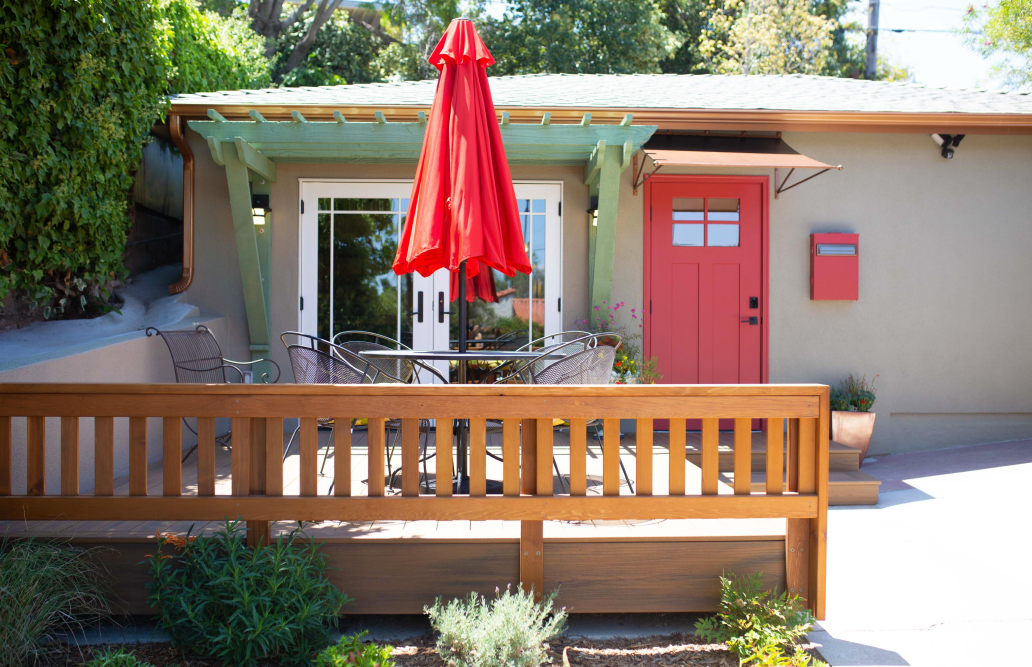
While full gas bans are spreading, many California cities still allow gas hookups in new ADUs, as long as you meet specific safety and installation requirements. These conditions can add complexity to the build and may influence your layout, utility placement, and budget.
Here’s what that typically includes:
- Venting Requirements:Gas appliances such as furnaces and tankless water heaters must be properly vented to the exterior. This affects wall placement, roof penetrations, and even where equipment can be located inside the ADU.
- Combustion Air Requirements:Gas-burning appliances need adequate airflow to operate safely. In a small ADU, this often means dedicated mechanical closets, louvered doors, or carefully designed ducting.
- Gas Line Trenching:Unlike electrical conduits, which can often share existing pathways, a gas line usually requires its own trench. This increases cost and can complicate projects with long distances between the main house and the ADU.
- Pressure Testing and Inspections:The building department must verify that the gas line is safe and leak-free. This adds steps to rough and final inspections that aren’t required in all-electric ADUs.
In short, gas is still an option in some locations, but it’s rarely a simple plug-and-play choice. The added conditions can affect the design, budget, and permitting timeline, making all-electric increasingly appealing for homeowners who want a smoother process.
Gas Appliances That Are Commonly Still Allowed (When Gas Itself Is Allowed)
In cities that still permit natural gas in new construction, most traditional residential gas appliances remain legal to install in an ADU. The key limitation isn’t usually the appliance itself but whether the jurisdiction allows a new gas line at all. If the hookup is approved, homeowners generally have access to the following options:
- Gas Tankless Water Heaters
- Gas Ranges and Ovens
- Gas Dryers
- Gas Furnaces
Overall, homeowners choosing gas in 2026 will find that most of the familiar appliances are still technically available. The challenge is navigating the permitting rules, space constraints, and long-term viability of installing them in a small, modern ADU.
All-Electric ADUs: What They Actually Include

An all-electric ADU isn’t just a home without gas. It’s a home designed around high-efficiency electric systems that often outperform traditional gas appliances. As electrification becomes the norm in 2026, these systems have become more reliable, more affordable, and better suited for compact spaces.
Here’s what an all-electric ADU typically includes:
Heat Pump Water Heater (HPWH)
Instead of a gas tankless heater, all-electric ADUs rely on heat pump water heaters.
- Uses up to 70% less energy than gas.
- Can be installed indoors or outdoors, depending on unit type.
- Requires proper airflow but no combustion venting.
Heat Pump HVAC System
This replaces the traditional gas furnace.
- Provides both heating and cooling in a single unit.
- Highly efficient, especially in small ADU layouts.
- Can be ducted or ductless (mini-split), depending on the design.
Induction or Electric Cooking Appliances
Modern induction cooktops are becoming the default in new all-electric builds.
- Faster than gas, with precise temperature control.
- No indoor combustion or open flame; ideal for small ADUs with limited ventilation.
- Standard electric ranges are also an option, though induction is preferred for efficiency.
Electric Laundry Appliances
- Electric or heat-pump dryers eliminate the need for a gas line.
- Compact, ventless dryer options work well in tight laundry closets.
Electrical Panel & Service Considerations
All-electric ADUs often require slightly more electrical capacity.
- Some homes may need a 200A service upgrade, depending on the load calculation.
- Others can stay with their existing service by using load-shedding devices or smart panels.
- ADUs typically have their own subpanel, even when fed from the main house.
Optional Solar Integration
Many cities either require or incentivize solar on new constructed ADUs.
- Solar can offset the added electrical load.
- Pairs well with heat pumps and provides long-term cost savings.
Overall, an all-electric ADU uses modern, efficient systems that reduce onsite emissions, simplify installation, and align with where California building codes are headed. For most homeowners in 2026, this setup offers the lowest friction and the most future-proof design.
Let’s End this Debate
Choosing between gas and all-electric for your ADU in 2026 ultimately comes down to what’s allowed in your city, what fits your budget, and how you want your ADU to perform over the next decade. Gas is still possible in some jurisdictions, but it’s becoming more complex, more regulated, and more expensive to install. All-electric, on the other hand, aligns with California’s long-term energy direction and typically results in easier permitting, higher efficiency, better indoor air quality, and lower maintenance.
If you’re unsure which direction your property should take, talk with your designer or builder early.
Curious which option makes the most sense for your home?
Book a call with Maxable to learn exactly what’s possible on your property and get expert, customized guidance for your ADU project.

